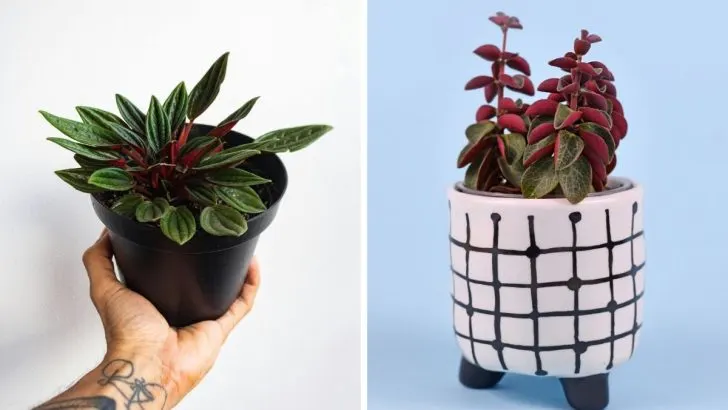Are we ready to learn all about red twist peperomia? This lovely subtropical plant will brighten up your home space with its greenish-red leaves.
Even though it’s a hybrid of other peperomia varieties, some people think it’s a high-maintenance plant, but that is not true!
This peperomia variety isn’t the only beautiful peperomia for your home. Many types of peperomia can completely change the atmosphere in your home.
I’m more than ready to guide you through its easy care guide, so, let’s start reading, shall we?
Peperomia Verticillata Features
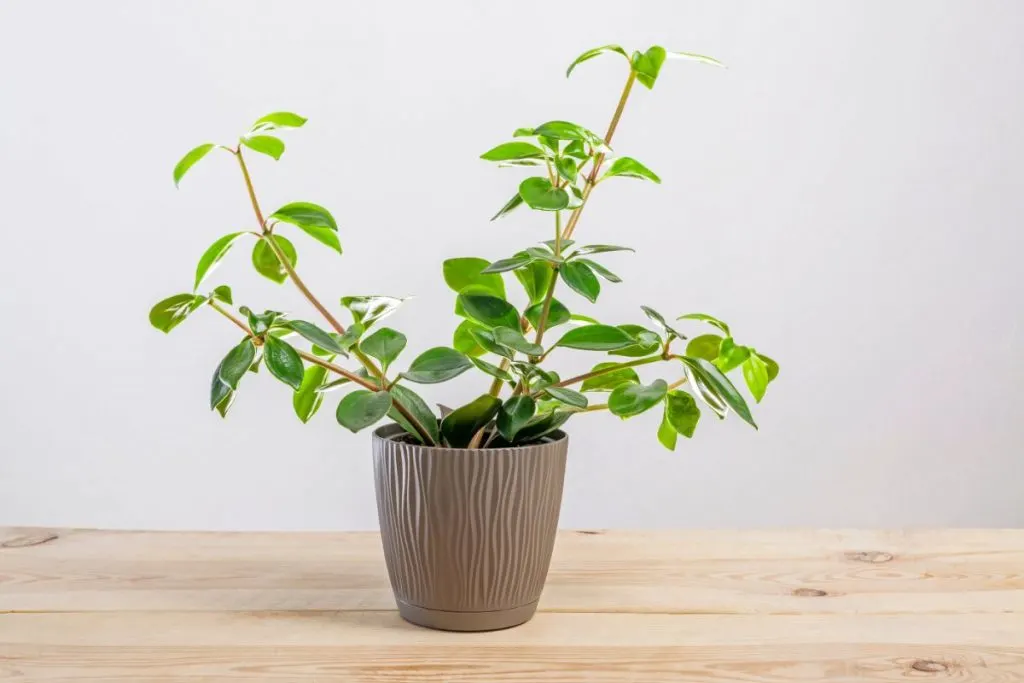
What sets this hybrid apart from other varieties is its dark green upper leaves and red lower leaves, upright habit, and strong stems. You can look up on our site also other red leaves plants.
The “twist” of the name comes from the pattern of the leaves forming a spiral or twisted pattern as the stem bends.
Red twist Peperomia is known as a fast grower, relatively hardy, and easy to care for. At Living House, Red Twist is sustainably grown from greenhouse cuttings, but the plant originates from the rainforests of Bolivia.
Did you know? Peperomiaceae has over 1,000 known plant species! Most of them are known for their thick, fleshy leaves. However, they can vary in color and shape.
Red Twist Peperomias are distinguished by their distinctive two-tone leaves, emerald green above and bright purple below.
About Peperomia Natural Habitat
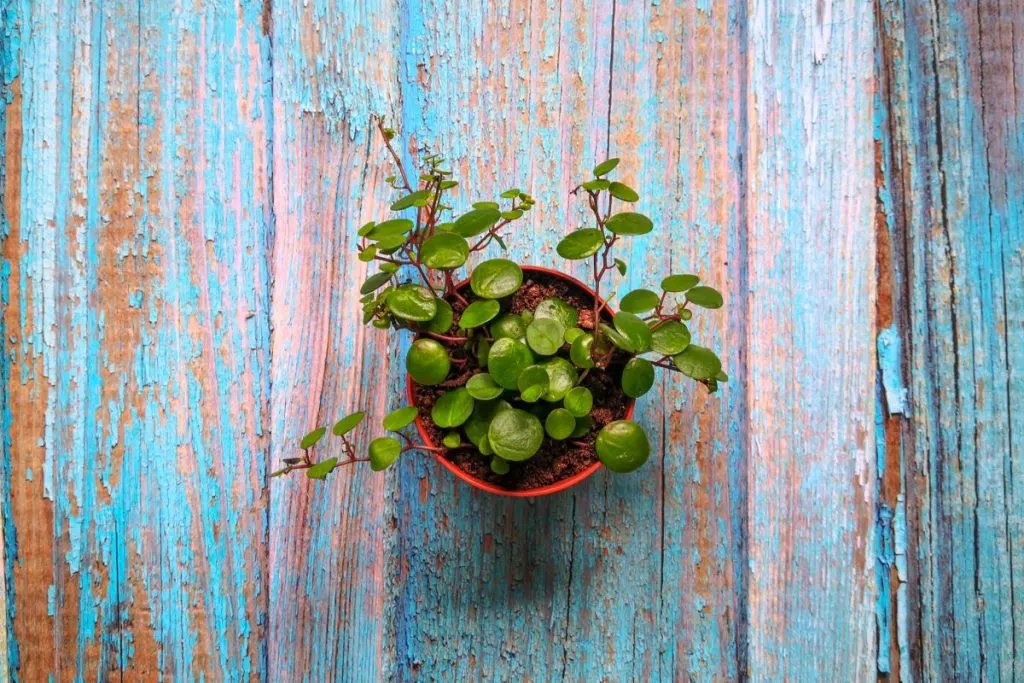
It is naturally distributed in the tropical rainforests of Central and South America, in our country it is grown only as a houseplant.
It seeks a bright habitat protected from strong sunlight and high humidity in summer and does not tolerate cold temperatures below 55 F in winter.
A large number of cultivars have been developed that differ in leaf color, for example, cultivars with creamy white spots on the leaves.
Peperomia Verticillata Plant Care Guide
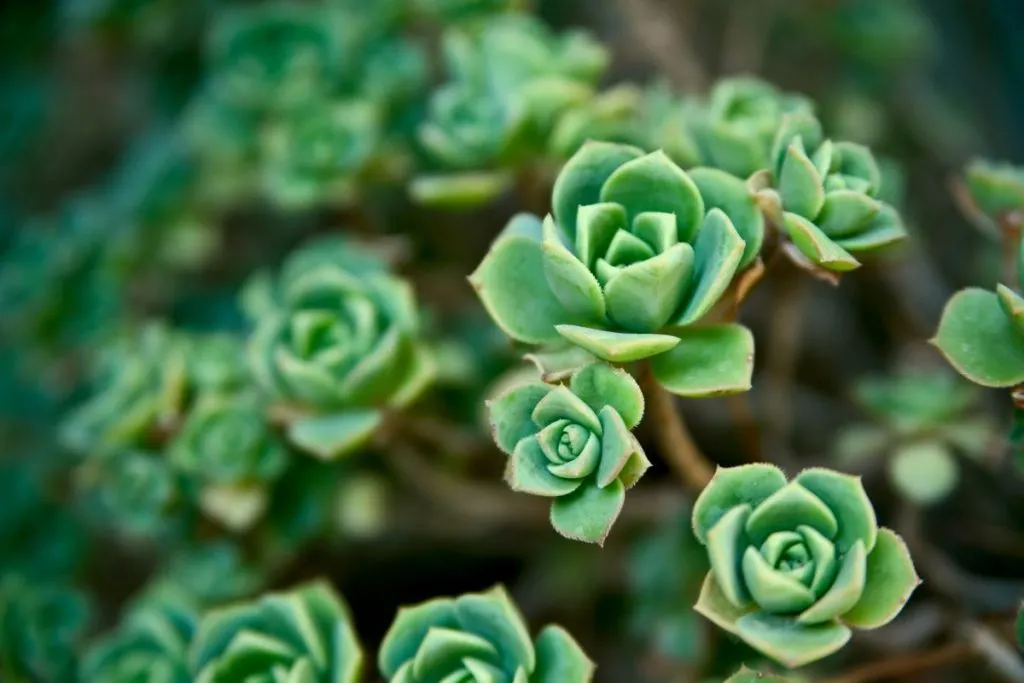
The peperomia plant is a smart choice for indoor plant lovers. Not only are they tolerant plants that can tolerate a little neglect, but the species’ amazing variety of colors and textures means you can assemble interesting collections of plants that require equal care for any style and space.
Plant the peperomia in a pot with plenty of drainage holes, use orchid potting mix, and place the plant in bright indirect light. Peperomia plants require little care. You should only water when the soil is dry. Little plant food or fertilizer is needed.
Light Conditions For Peperomia Red Log
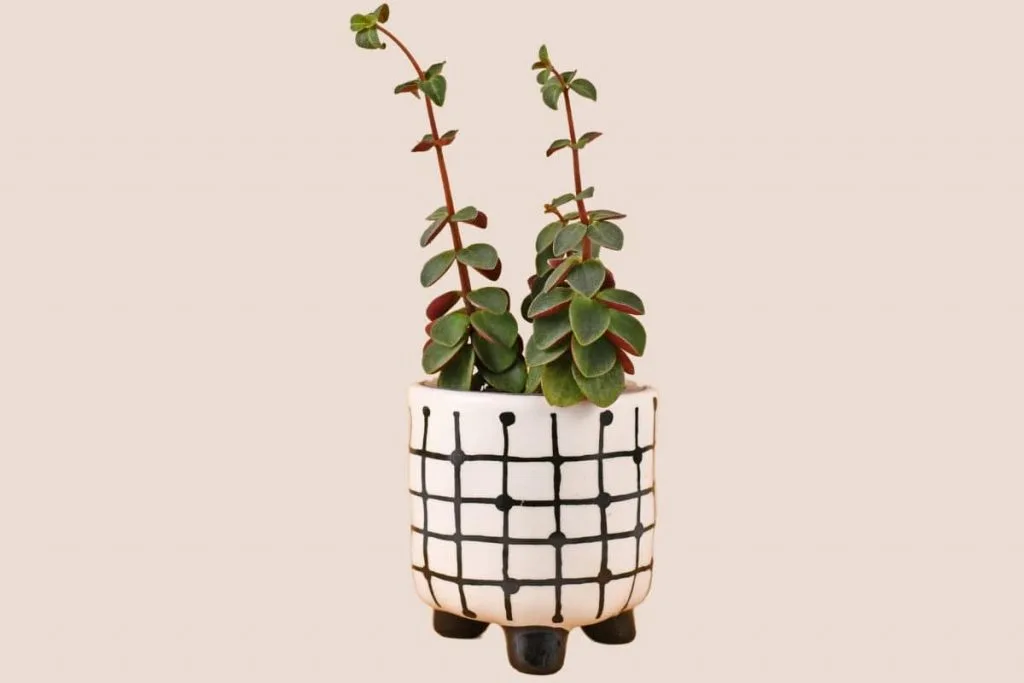
Peperomia plants need a medium to bright light to maintain vivid leaf color. If there is not enough light, the leaves will shrink and the leaves will fall and discolor. Avoid direct sunlight as this can burn the leaves.
Even though it has half dark green leaves and half red on its upper surface, it is really sensitive to the direct sun and it should be placed somewhere where there’s indirect sunlight.
I used to have a red twist peperomia 4 years ago, and I used to put these vibrant plants in a hanging basket in my hallway.
Speaking of a hanging basket, another amazing peperomia variety for a hanging basket is peperomia scandens. Why in the hallway you’re wondering?
My hallway has this perfect bright light that’s more than a good light source for these plants and when you’re growing it in good conditions, it just blooms and grows great in a hanging basket.
If you get one as well, you’ll see. Its trailing stems are sort of made for it. Plus it looks so wonderful in it!
Soil Needs For Red Twist Peperomia
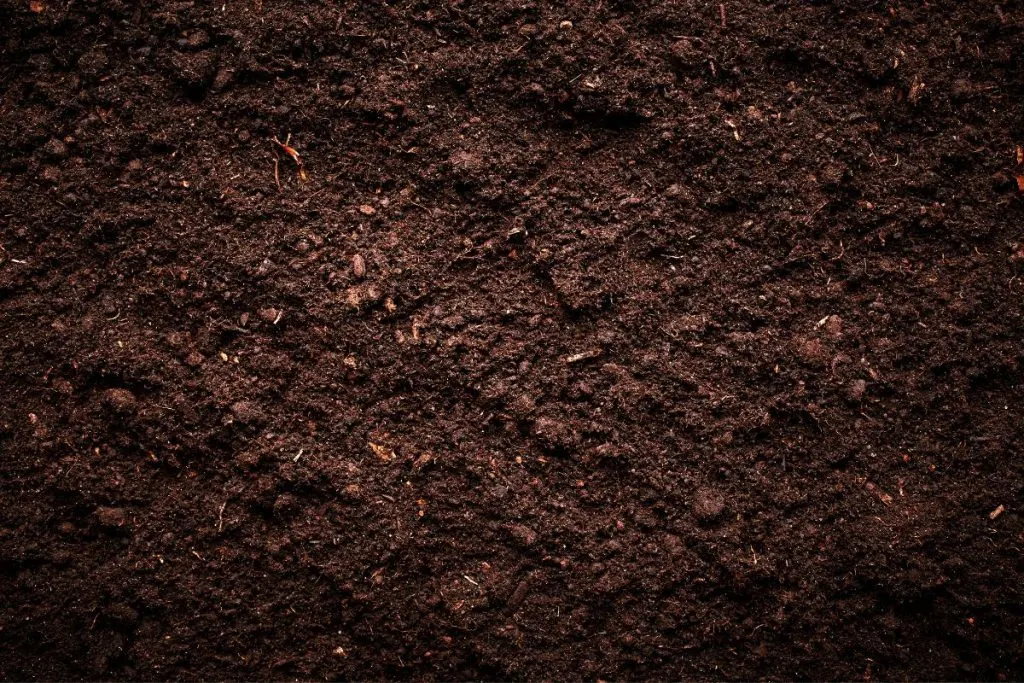
Many species of peperomia plants grow as epiphytes, which means that in the wild they can nestle in the corners of trees and send their roots into slightly rotting bark. Coarse sand can be used as well for this lovely plant.
The key to peperomia flowering is choosing a soil mix that mimics hard, loose, and acidic conditions. Note this about its soil though, red twist peperomia doesn’t like sitting in soggy soil, avoid it!
Waterlogged soil is horrible for it, but well-draining soil is something else that is needed. If the soil dries, that’s not good as well.
Its soil can be used for soil propagation as well. Orchid potting medium usually works well, but plain potting soil is fine. You can always cheer it up with a small amount of peat moss or vermiculite. I used to do this now and then.
For the soil, the most important thing is to have all the nutrients and once it does, leggy stems won’t appear and you’ll have a healthy root system. Soon enough, you’ll have new growth as well.
Water Needs For Red Twist Peperomia
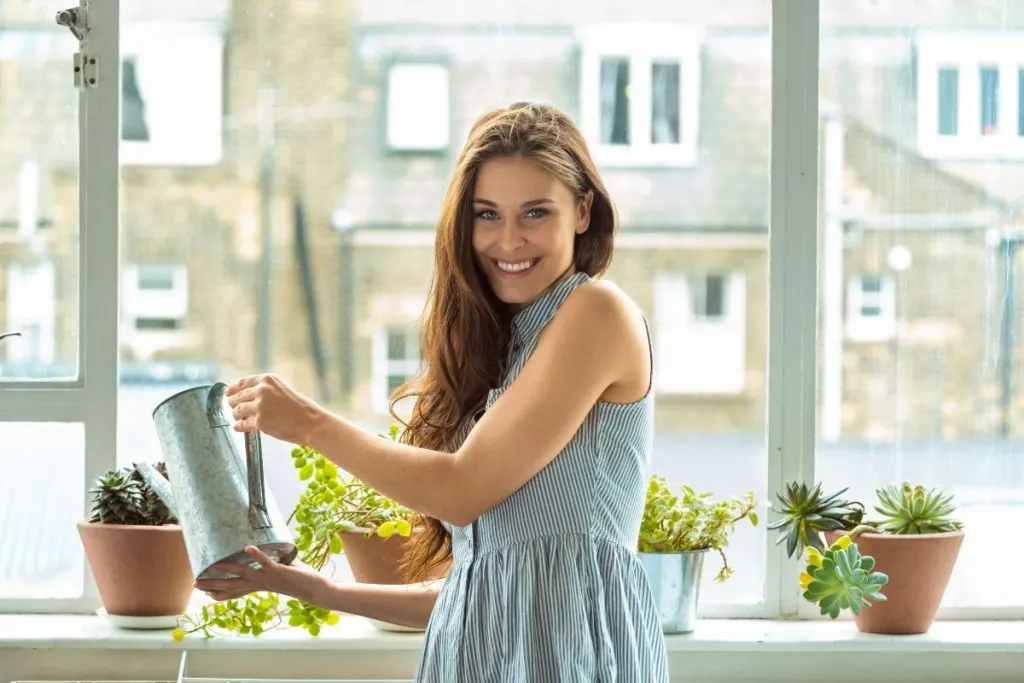
Peperomias have succulent leaves, so they don’t need frequent watering to keep the plant alive. Allow the soil surface to dry out between waterings. It is better to leave peperomia dry than saturated. Wet soil can cause root rot.
However, even tho they have succulent characteristics, overwatering peperomia can happen fast, you won’t even notice it. That leads to rotting stalks and oh no! Excess water can lead to the eventual death of your plant. Be careful with this part!
A healthy stem in a perfect peperomia verticillata care guide is consisted of just enough water to keep it moist, but not too dry and not too moist.
Those conditions are exactly the conditions it has in its native subtropical regions because humidity there is very high.
However, note that in its growing season, it should be watered a bit more. In their blooming season, I would usually water it 2 times a week, a bit more than usual.
Temperature And Humidity For Red Peperomia Plant
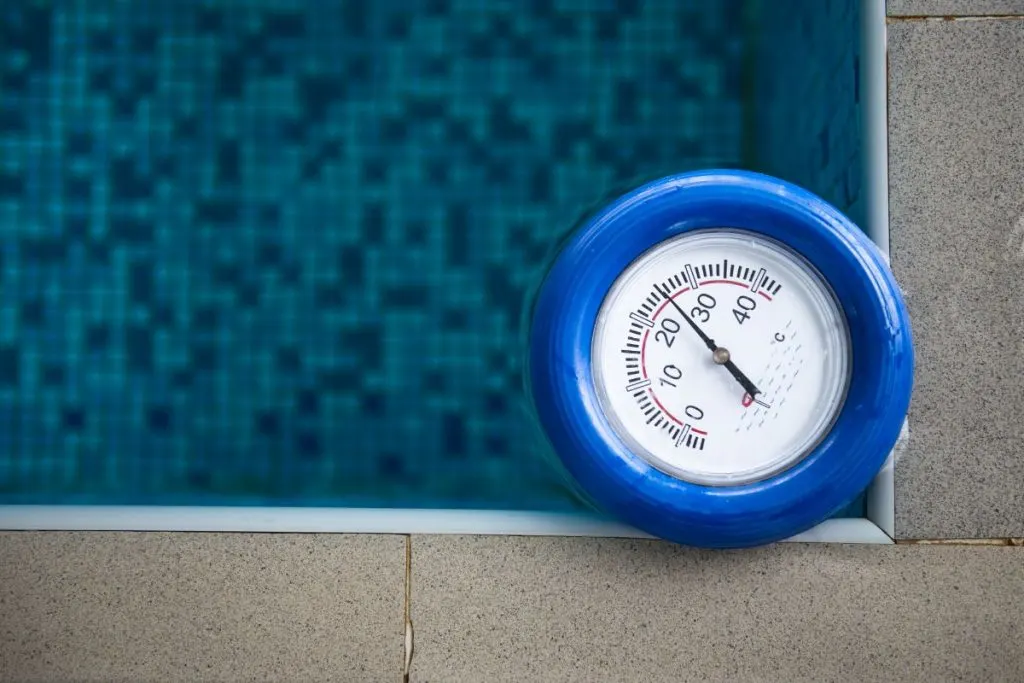
Outdoors, Peperomia genus plants cannot tolerate sub-zero temperatures as they are hardy to USDA Zone 10. As a subtropical plant, the peperomia plant prefers a warm and humid environment, especially during the summer months when growth is most active.
If the plant does not go outdoors during the summer, increase the humidity by placing it in a container with stones and water, or place a small humidifier nearby.
Low humidity is the last thing you want for this plant since it’s a subtropical plant from the Piperaceae family. Good drainage and high humidity matter a lot for this plant’s foliage.
Fertilizer For Peperomia Verticillata
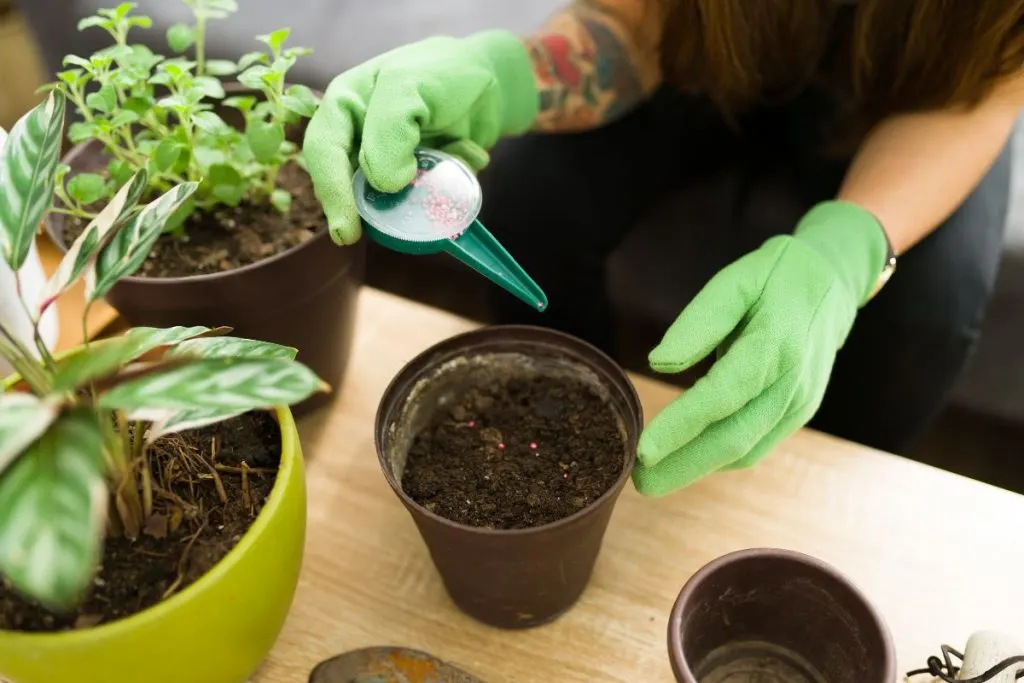
Fertilize peperomia plants, the less the better. As a slow-growing epiphyte, peperomia can go a lifetime without supplemental fertilizer, getting what it needs from the planting medium.
However, from my own experience, water-soluble fertilizer is the best possible option for a fertilizer. It has moisture, enough and important nutrients and it’s very easy to apply and use.
Since it’s very “watery” and liquid, over-fertilizing it can happen very quickly, so dose it before you apply it, and be careful of course.
Under fertilizing can lead to slow growth or at least slower than the regular growth of red peperomia. Also, do not store water when using a water-based fertilizer.
Stem Cuttings Of Red Peperomia
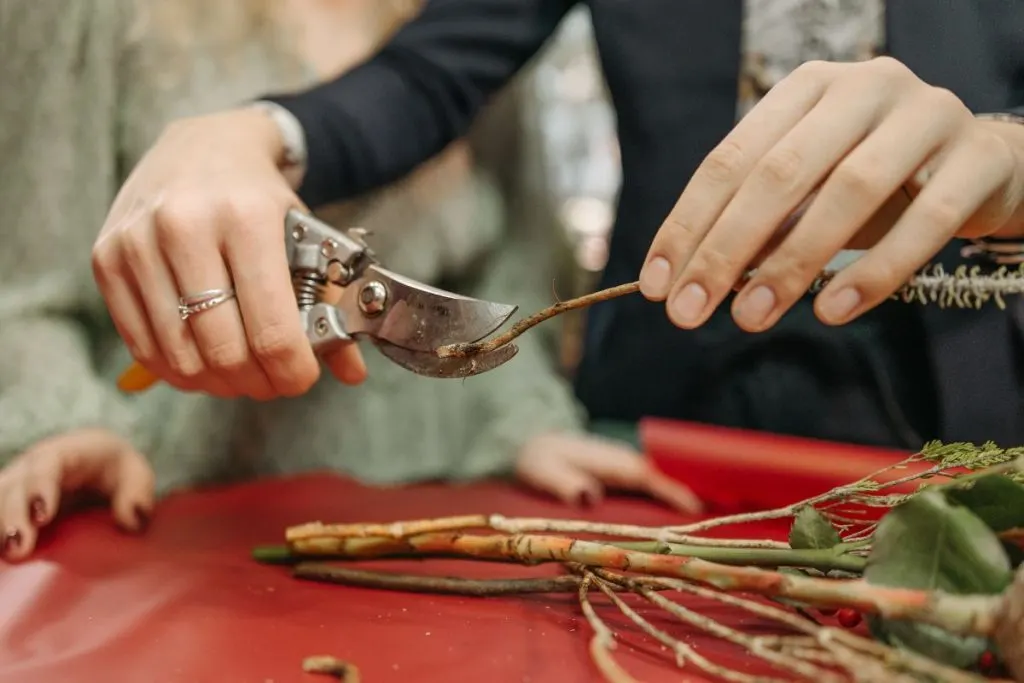
Lightly prune the peperomia plant in early spring to correct sparse. Pruning red peperomia is a regular pruning process. Pinching the stem back improves the plant’s appearance by allowing for more branches.
Remove the end of each stem and the first set of leaves. You can pinch them with your fingers or cut them by hand.
After you do this, remove it to a larger pot since it may grow better and faster now when you’ve done this. Been there, done that, it worked for sure!
Propagate Peperomia Verticillata From Stem Cuttings
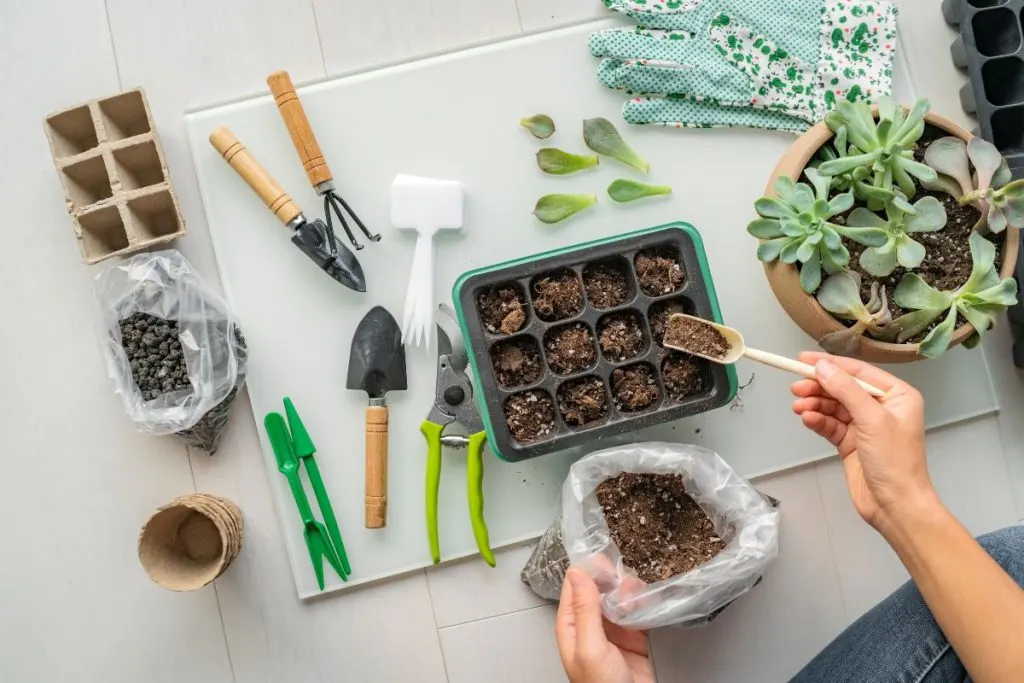
Although peperomia plants can reproduce at any time, spring is the most active and best growing time.
If you plan to cut the plant back in the spring, you can easily propagate it by taking extra leg growth from the stem and cutting it off the stem. Propagating peperomia verticillata can be done like this:
- First, you’ll need scissors or sterile scissors, a small pot, potting soil or orchid mix, plastic wrap, and a lighted area.
- Cut the leaves at least 1 inch away from the stem of the parent plant.
- Place the cuttings upside down in a small container filled with potting soil.
- Place it in a bright place with lots of indirect light.
- Cover with plastic wrap to create a mini greenhouse environment that retains moisture.
- Water regularly and do not let the soil dry out.
After a few weeks, roots will appear. Then, when the cutting is larger than the original, it can be transplanted into a larger container.
Water Propagation Of Peperomia Verticillata
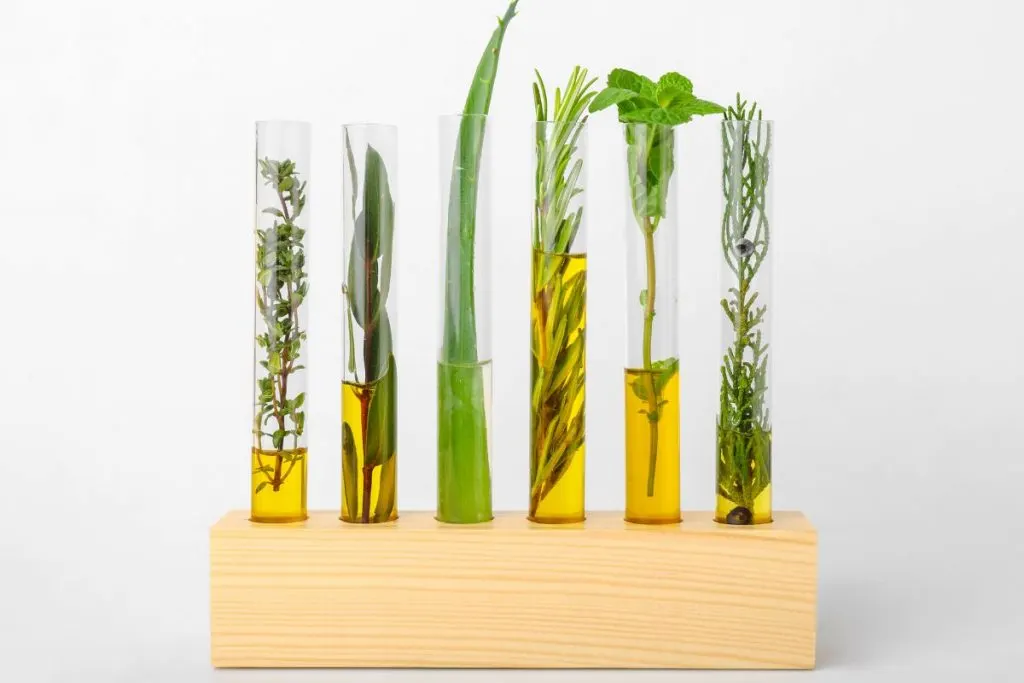
Cut a few inches of a healthy stem just before the node, and you’ll want to include a node or two when you cut. This is because new roots are formed here. Some people add a rooting hormone as well, but I didn’t and it turned out pretty well.
Remove leaves that are too close to the node, especially those that may drown when placing the cuttings in a glass container.
Place the cuttings in a glass container and place them in bright, moderately indirect light. Do not expose the power supply to direct sunlight or very low light.
Perhaps the most difficult stage is patience! Check the node weekly for root growth. Add fresh, warm water if necessary. If the bucket seems low and there is no cloudiness or mold, you can change the water every few days or simply fill it with fresh water.
If the water is cloudy, it is recommended to replace it for the health of the growing root system. Avoid over-watering during this period. When you finally propagate it, try an effective bottom watering that will be great for your peperomia.
Should You Grow This Red Log Plant From Seed?
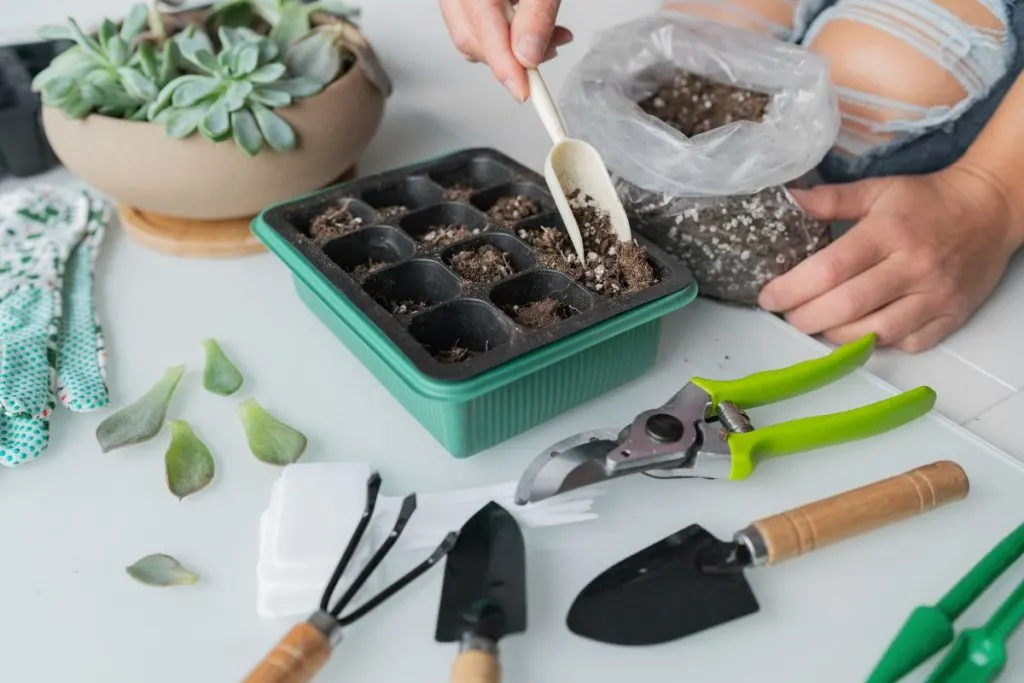
Growing peperomia from seed requires a soilless starting mix, plenty of water, and warm, bright sunlight to grow peperomia seeds.
Always keep the soil moist until germination. Transfer the young seedlings to a container and place the plant in a bright place with direct sunlight.
Planting And Repoting Red Twist Peperomia
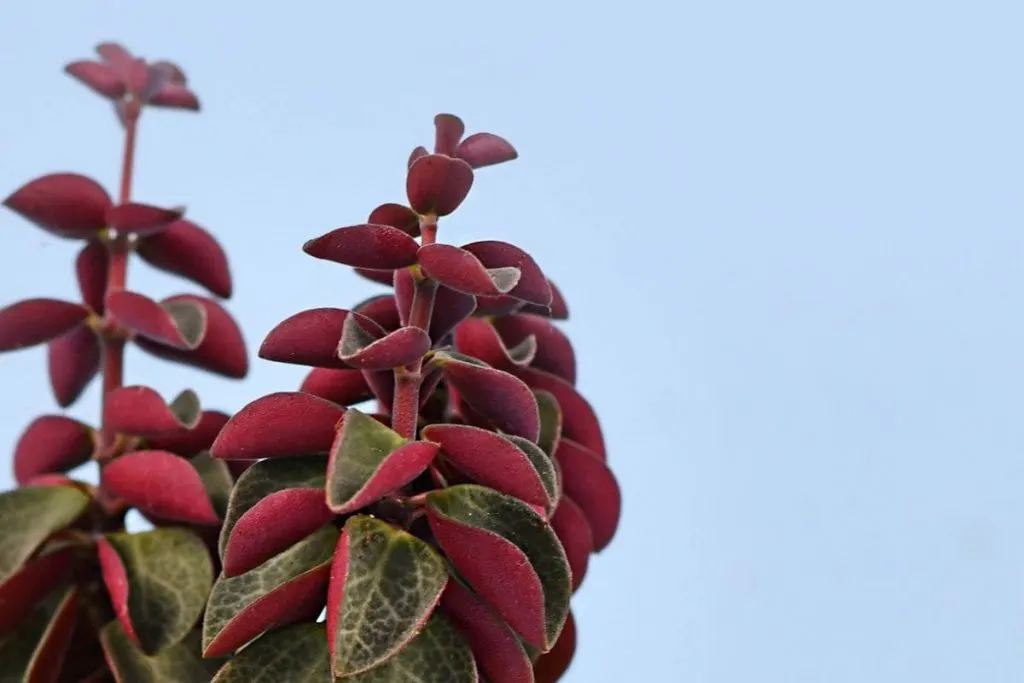
Peperomia plants can live for several years in relatively small containers. They like to live quite a root-bound life, and with their slow growth rate, you can leave them there until you see them emerging from the drainage holes.
If necessary, transfer the peperomia back to another container a few inches larger than its original home. Use acidic soil or orchid bark. Speaking from my own experience, I was very satisfied with orchid bark so I would choose that before acidic soil for sure.
Pests Of Red Peperomia
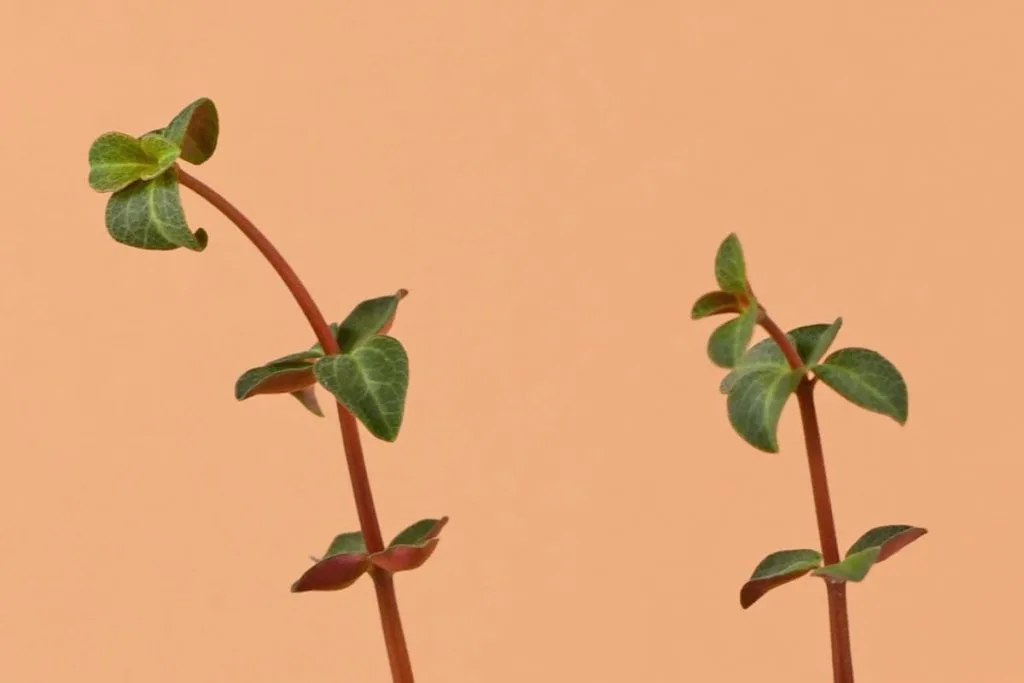
Peperomia plants are susceptible to common pests that can affect most houseplants. Insecticidal soap is the easiest way to treat pests.
Spider mites are the most common pests that can attack this plant, so, better safe than cure, buy a soap right away and you won’t have to worry about it.
Luckily for me, I checked my plant every 5 days carefully and I never noticed any pests. Open windows can lead to this problem too, so watch out.
Other pests that you wouldn’t like to see on this plant but you might are fungus gnats and mealybugs. I know, you can’t tell which is worse! But make sure you read about them immediately when you notice them and your plant will be safe.
How to get rid of gnats in plants naturally? With us find out the best 13 ways.
Root Rot On Red Twist Peperomia
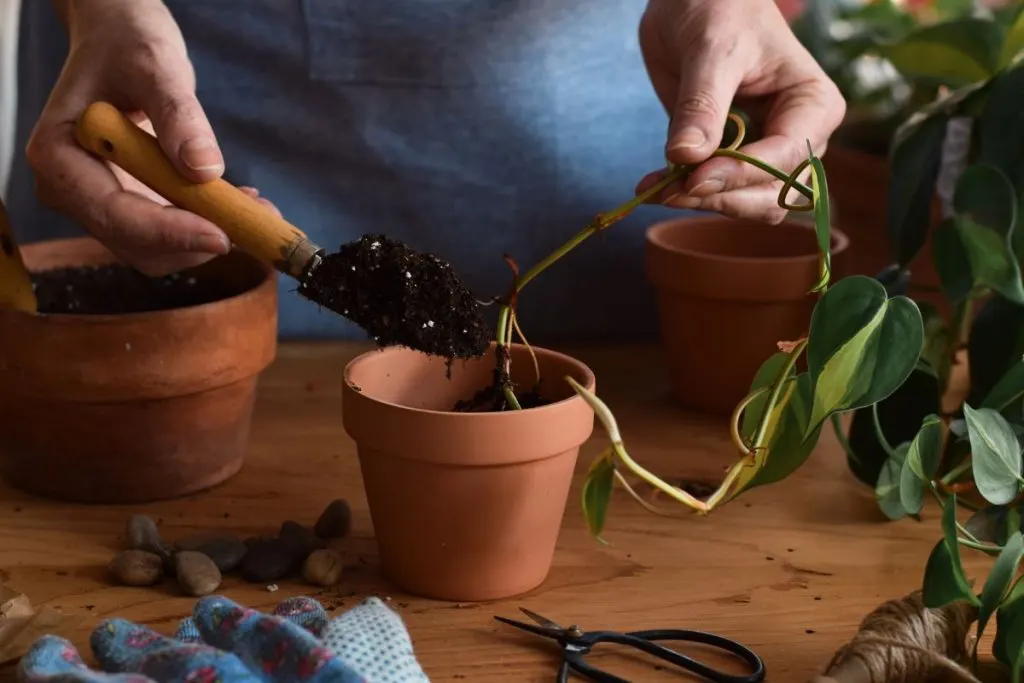
Once you start over watering your red twist peperomia you’ll soon see a root rot. Root rot will dry its wonderful small white flowers, the stem will dry out as well, the top layer of leaves will look droopy, and such issues are close to its death.
The additional information you should know about this issue is that it’s not possible to save your plant once it has this.
I know it’s horrible, but your rot isn’t very healthy in such conditions and its system simply isn’t working anymore.
You can always search for help if this disease is just starting, but if it’s lasting longer, two words-oh no.
Brown Leaf Tips Of Your Twist Red Peperomia
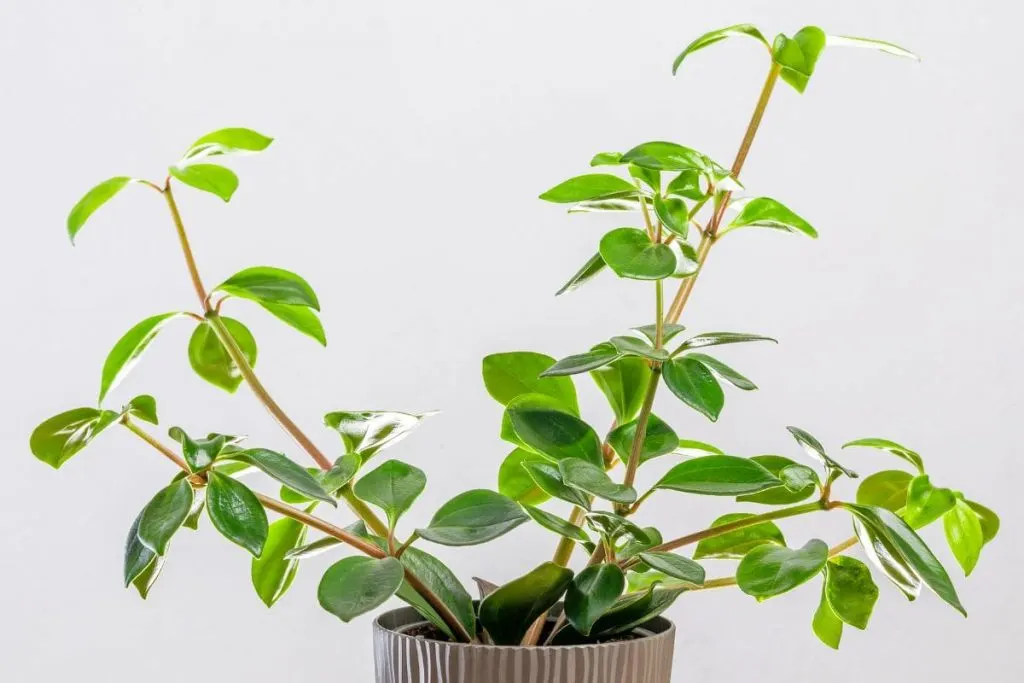
If the tips of the peperomia leaves turn brown and crispy, the plant may be underwater, but the plant may need more moisture to keep the leaves soft and supple.
To provide more moisture as the water evaporates, place the peperomia in a container filled with gravel and water (do not let the roots or soil come in contact with the water) or place a humidifier nearby.
Mushy Stem If Red Peperomia Verticillata

If the peperomia stems become soft, sticky, and brown, the plant has a mushy stem issue that leads to root rot sometimes too.
Transplant the plant into fresh, clean soil and a clean pot and cut off any black or fallen roots.
Give it some light, let it rest in the water, and try using a rooting mix when watering to help restore the root system.
Other Minor Peperomia Problems

Peperomia is a low-maintenance plant that doesn’t require a lot of water. Find a bright but direct spot with sunlight and don’t forget to check the soil occasionally.
These slow growers are usually not picky. However, there are signs that the plant may need additional care. In most cases, if your peperomia leaves turn yellow or start to dry out, it means you’re getting too much water.
Ring spots can be identified by looking at damaged leaves. Remove all malformed leaves and make sure the plant grows healthy. If not, it is best to discard the whole plant. The disease spreads through infected healthy plants.
Excessive watering can cause peperomia leaves to curl. There are several causes of overwatering, such as overwatering or using heavy, poorly drained soil.
Since I only took care of my peperomia for 2 years, I never had any problems with it, and truth to be told, I am a responsible plant owner. I believe you are as well, this is just another better safe-than-cure routine we had to do.
Other Colorful Peperomia Varieties
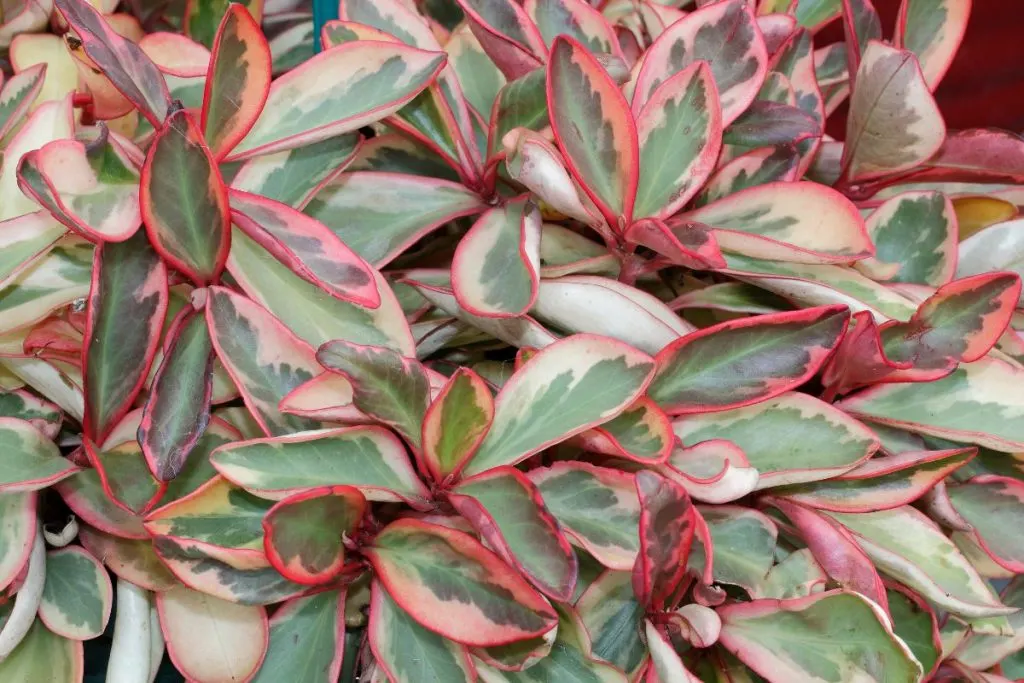
If you want to have a greenish-red plant in your home, I’m sure you’ll be more than interested in having peperomia types with silver edges, dark purple, or a bit yellow. Due to that, we prepared 3 similar types of peperomia for you.
Velvet Peperomia In Your Home
Homeland – Ecuador, but it is not the national flower of Ecuador. A plant with upright dark red, softly hairy stems. The leaves are bare, slightly hairy or velvety-hairy, alternate, on short petioles, almost rounded, with 5-7 light green or silver veins on top. Spikes apical or axillary, 3 inches long.
Peperomia Silver Will Look Great Too
Habitat – tropical moist forests of Brazil, Bolivia, and Venezuela, on mountain slopes. Perennial soil or epiphytic plants, almost boneless.
The leaves are basal, on long reddish petioles, rounded-oval, 5 inches long, on the upper side with wide white-silver stripes between the green veins, bare, shiny, fleshy. Highly decorative appearance.
Gotta Love Peperomia Klusiyelistnaya
Habitat – tropical moist forests of the Greater and the Lesser Antilles and Venezuela. Representatives of the species are perennial terrestrial herbaceous plants.
Unlike other species, peperomia is large-spiked, large, and has extremely dense leaves, almost woody in structure, regularly located on the tree.
The leaves grow on short petioles, almost sessile, with a blunt, often barely notched tip and a wedge-shaped, sometimes slightly ear-shaped base.
At the top, the leaves are colored dark green with reddish shades. The edge of the paper is underlined with a narrow purple border.
FAQ On Red Twist Peperomia

Find the most commonly asked questions about red twist peperomia below. We took care that you don’t have to do any longer research after reading this article about lovely red peperomia.
Let’s find out more about this plant then.
Is Peperomia Easy To Manage?
Peperomia plants are easy to care for and require very little water. These low-maintenance plants don’t want much attention and they’ll be very thankful when you provide them with needed conditions in sense of their growing process.
Is Peperomia Red Twist A Good Indoor Plant?
Its growing conditions are more suitable for outdoor conditions, that’s true. Light needs, humidity, and such things are much better outdoors, but if you truly love your plants I assume it’s not a problem for you to provide them with good conditions. Once you do, peperomia verticillata is a great indoor plant.
How Fast Does Peperomia Grow?
Indoors, peperomia plants grow very slowly and require very little repotting. However, if you live in a suitable hardy zone and the plant is outdoors, you will see an increase in the growth rate.
How Long Can Peperomia Live?
Peperomia plants can live for several years in small pots. It doesn’t require much care or attention, just a little water here and there and indirect light.
Final Thoughts On Red Twist Peperomia
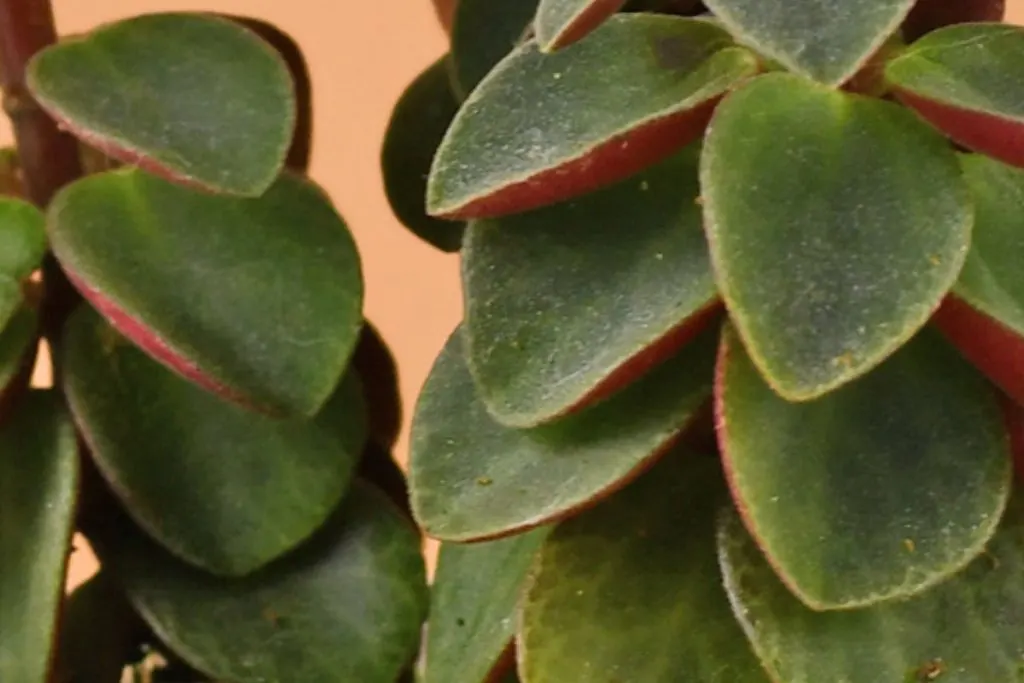
Today we learned everything we need to know about red twist peperomia, and I have to admit, it’s the most beautiful thing to write about the plants you have or have had in your home.
I always remember my tension before purchasing them, I remember the moments when I asked someone or looked for information about those plants, etc.
I’m glad that I was able to pass on my knowledge about red twist peperomia to you today. Did you learn everything after reading carefully? I know you did.

